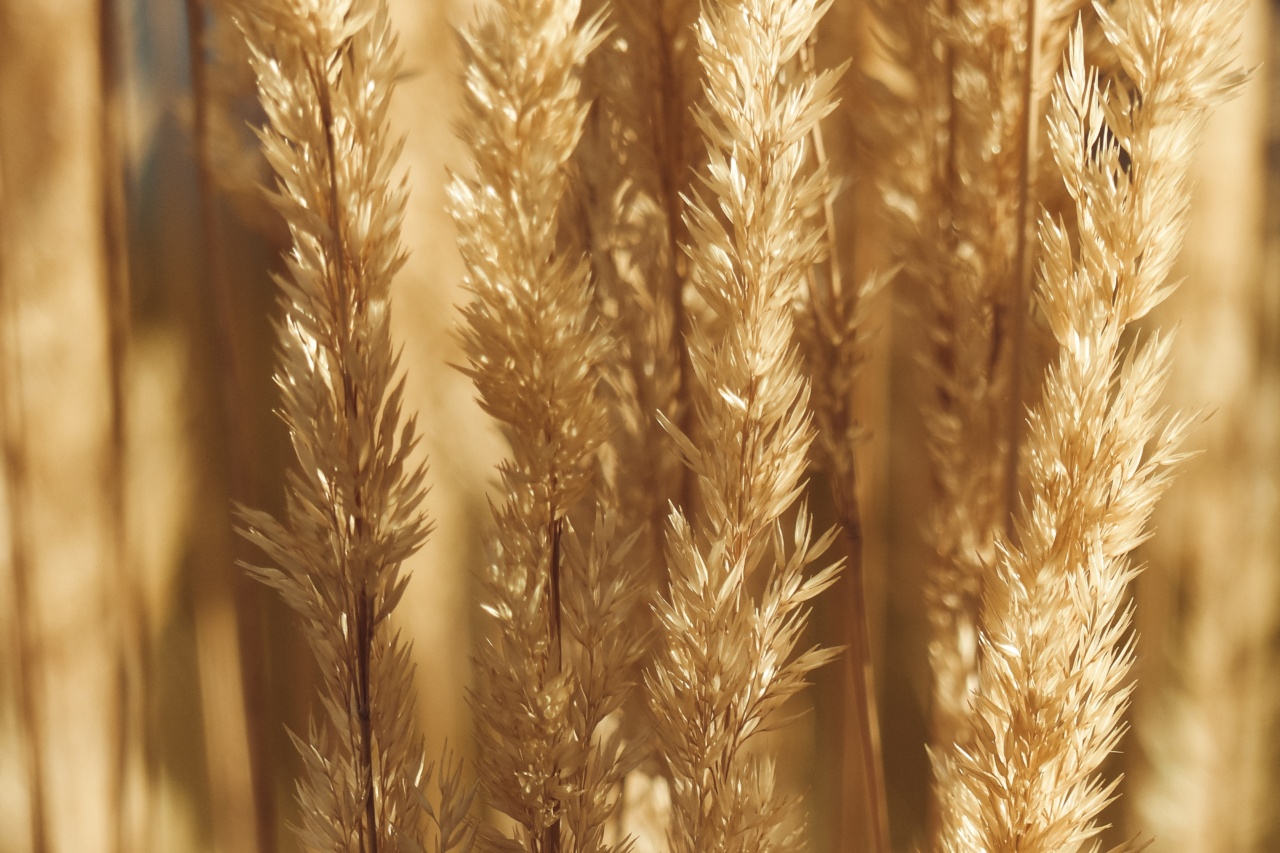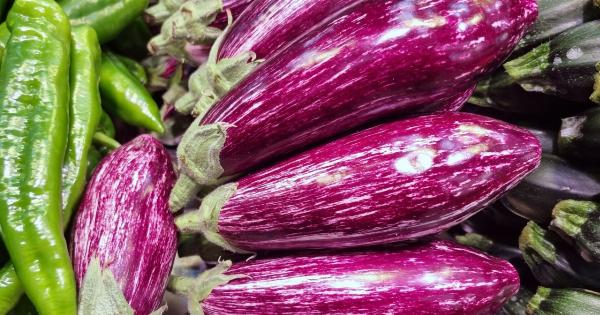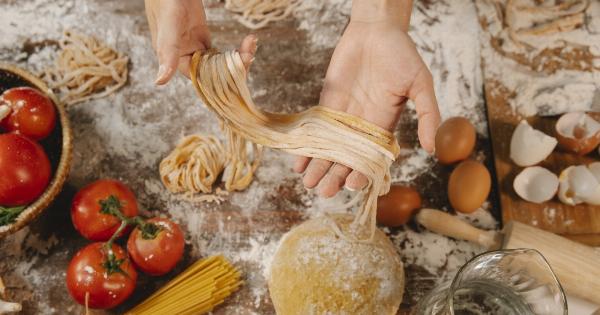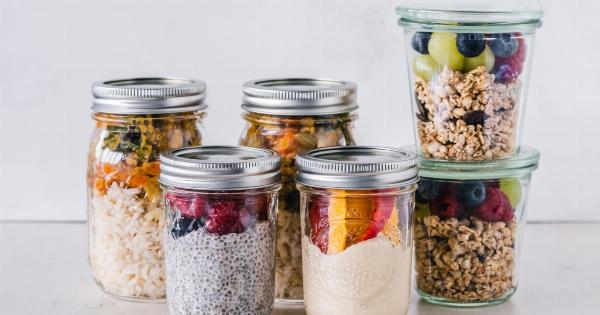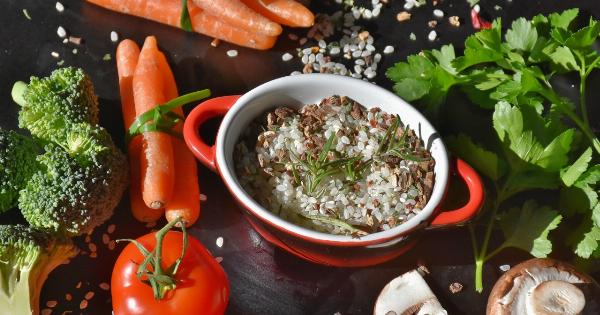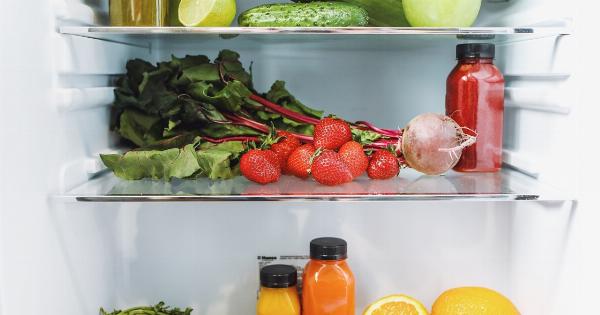When it comes to buying and storing fresh vegetables, we all want them to stay crisp, vibrant, and tasty for as long as possible. Unfortunately, many of us face the challenge of our veggies wilting or spoiling before we have a chance to use them.
However, with the right knowledge and practices, you can prolong the freshness and preserve the nutritional value of your produce. In this article, we will provide you with essential tips and techniques to preserve your veggies and enjoy their goodness for an extended period.
1. Proper Refrigeration
Refrigeration is one of the most effective ways to extend the shelf life of your vegetables. Most veggies benefit from being stored at temperatures around 40°F (4°C), as this helps slow down the ripening process.
However, it’s important to note that not all vegetables thrive in the same conditions. Some veggies, like carrots and radishes, tend to wilt faster when refrigerated, so it’s best to store them in a cool, dark place instead.
2. Removing Excess Moisture
Excess moisture can accelerate the decay and spoilage of your vegetables. Before refrigerating them, make sure to dry them thoroughly. Use a clean kitchen towel or paper towel to gently remove any surface moisture.
This simple step can significantly prolong the freshness of your produce.
3. Storing Leafy Greens
Leafy greens, such as lettuce, spinach, and kale, require special attention to maintain their crispness. After washing and drying them, wrap the leaves loosely in a paper towel to absorb any excess moisture.
Place the wrapped greens in a plastic bag with a few holes punched in it to allow for proper airflow. Then, refrigerate the bagged greens to keep them fresh and crisp for a longer time.
4. Freezing Techniques
Freezing is an excellent method to preserve vegetables for an extended period. Blanching veggies, such as broccoli, cauliflower, or peas, before freezing them can help retain their texture and color.
Blanching involves briefly plunging vegetables into boiling water and then immediately chilling them in ice water. After blanching, drain your vegetables thoroughly, pack them in airtight containers or freezer bags, and label them with the date for easy identification. Freezing can help you enjoy your favorite veggies during the off-season and reduce wastage.
5. Canning for Longevity
Canning vegetables is another popular technique for preserving produce. This method involves packing vegetables in jars and then processing them in a boiling water bath or pressure canner.
When properly sealed, canned vegetables can last for months, if not years. It’s important to follow trusted recipes and canning guidelines to ensure safety and avoid bacterial contamination. Canned veggies come in handy during times when fresh produce is scarce or expensive.
6. Fermentation for Flavor and Preservation
Fermenting vegetables not only provides a unique and tangy taste but also enhances their shelf life.
Fermentation is a natural process in which bacteria convert sugars into lactic acid, creating an acidic environment that halts the growth of harmful bacteria. Vegetables like cabbage, carrots, and cucumbers can be fermented to make sauerkraut, kimchi, or pickles. Properly fermented vegetables can last several months in the refrigerator and offer a nutritious and probiotic-rich addition to your meals.
7. Dehydration Made Easy
Dehydrating vegetables is an age-old preservation technique that involves removing the moisture content from produce to discourage bacterial growth. You can use a food dehydrator, an oven, or even the sun to dry your vegetables.
Once dehydrated, store the veggies in airtight containers or vacuum-sealed bags in a cool, dark place. Dehydrated vegetables can last for months and are a great addition to soups, stews, and trail mix.
8. Pickling for a Tangy Twist
Pickling is a method that involves preserving vegetables in vinegar, salt, and spices. The acidity in the pickling solution inhibits bacterial growth and adds a delightful tang to the veggies.
Feel free to get creative with your pickling recipes by adding herbs, garlic, or chili peppers for extra flavor. Properly pickled vegetables can be stored in the refrigerator for several weeks and make a delicious condiment or an accompaniment to sandwiches and salads.
9. Proper Storage Containers
The choice of storage containers plays a vital role in preserving your veggies. Opt for containers that are specifically designed for food storage and make sure they are clean and dry before use.
Clear containers or bags can help you easily identify the contents without having to open them, reducing exposure to air and moisture. Additionally, consider investing in airtight containers or vacuum sealers for longer-term storage.
10. Regularly Inspect and Discard
To ensure you’re consuming the freshest produce possible, regularly inspect your stored vegetables for any signs of spoilage. Remove any wilted, moldy, or rotting pieces immediately to prevent further contamination.
Properly disposing of spoiled vegetables will not only maintain the quality of the rest but also avoid the spread of decay-causing microorganisms.
Conclusion
By following these tips and techniques, you can extend the shelf life of your vegetables and reduce food waste. Each preservation method offers unique benefits and flavors, allowing you to enjoy fresh-tasting produce throughout the year.
Whether you choose to refrigerate, freeze, can, ferment, dehydrate, or pickle your veggies, remember to prioritize proper storage conditions and regularly inspect your stored produce. With a little effort and knowledge, you can savor the goodness of farm-fresh vegetables for an extended period.
